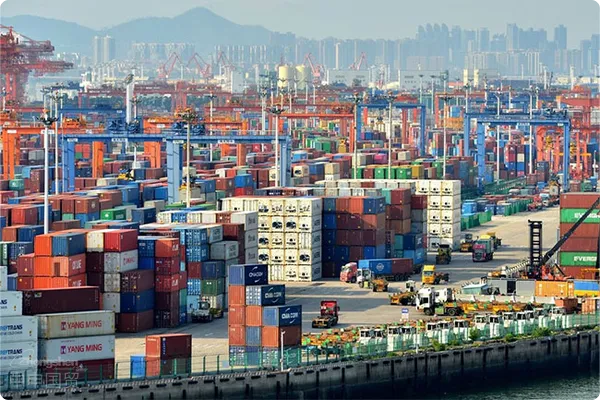- Shanghai Zhongshen International Trade Co., Ltd. - Two decades of trade agency expertise.
- Service Hotline: 139 1787 2118

Contents
ToggleEquipmentImport RepresentationAnalysis of the "Life-or-Death Clause"
Under the latest international trade environment in 2025,Equipment ImportsThe agency agreement has evolved into an industry-standard template encompassing 23 standard clauses. However, according to customs statistics from January to June 2025, 38.7% of import disputes still stem from omissions in agreement terms. This article focuses on the five core clauses that determine the success or failure of cooperation, helping you establish a secure framework for agency partnerships.
I. Core Components of Equipment Import Agency Agreements
A complete agency agreement should include the following modules:
- Confirmation of principal qualifications: It is necessary to verify whether the agent has the qualification for importing electromechanical equipment.
- Scope of Services Definition:
- Customs declaration document preparation (clarify whether it includesIt is recommended to verify through the following methods:Special documents such as certificates of origin, etc.
- Dispute Resolution Mechanism for Tariff Classification
- liability allocation clauses: Especially the criteria for determining liability for damage during equipment transportation
II. Key Points of Agreement Adjustments Under the 2025 Tariff Policy Reform
According to the Ministry of Finance's 2025 tariff adjustment plan, special attention must be paid to the import of industrial equipment:
- The HS code confirmation must be accurate to 10 digits (the original 8-digit standard has been abolished).
- Cross-border E-commerceFor equipment imported through channels, additional overseas warehouse quality inspection clauses must be agreed upon.
- The 13 tax and fee reductions applicable to the import of environmental protection equipment must be included in the supplementary clauses of the agreement.
III. Risk Control Design for Payment Milestones
It is recommended to adopt a phased payment model:
- Advance payment ratio: Keep within 15% of the total contract amount (referencing data from the 2025 International Trade Dispute Case Database).
- Customs clearance completion node: It must be clarified that the customs release notice, not the bill of lading date, shall prevail.
- Warranty Bond Clause: It is recommended to establish a payment buffer period of 30 working days after the installation and debugging of the equipment.
IV. The Golden 48 Hours for Quality Dispute Resolution
The specificity of equipment imports necessitates the establishment of a rapid response mechanism:
- Complete preliminary inspection within 48 hours of arrival (requires agreement on the list of third-party inspection agencies).
- The deadline for submitting written objections has been shortened to 7 working days (as stipulated in the newly revised International Trade Law effective in 2025).
- The return shipment clause must clearly specify the cost-sharing ratio for port demurrage.
V. Five Statutory Circumstances for Agreement Termination
In addition to the standard default clauses, special attention should be paid to:
- Contract obstruction caused by the escalation of technical controls in the exporting country.
- Adjustment mechanism for exchange rate fluctuations exceeding 15% of the benchmark price at the time of signing.
- The scope of force majeure shall include emerging risks such as strikes at the destination port.
Typical Case: Optimization Plan for Import Agreements of a Manufacturing Enterprise
The import project for a precision machine tool was achieved through protocol optimization:
- The customs clearance time has been reduced by 40% (from 22 days to 13 days).
- The processing cycle for accidental damage disputes has been reduced to 15 days.
- The overall cost was reduced by 18.7% (including tax reductions and savings on port demurrage fees).
Conclusion:The equipment import agency agreement serves not only as a risk firewall but also as a guarantee for cooperation efficiency. It is recommended that enterprises complete seven fundamental tasks before signing, including customs credit certification inquiries and verification of the agency's historical dispute records. Professionalforeign tradeThe agency service provider should be capable of offering value-added services, including legal review of agreements and risk simulation testing, to ensure a worry-free process for equipment importation.
Related Recommendations
? 2025. All Rights Reserved. Shanghai ICP No. 2023007705-2  PSB Record: Shanghai No.31011502009912
PSB Record: Shanghai No.31011502009912










